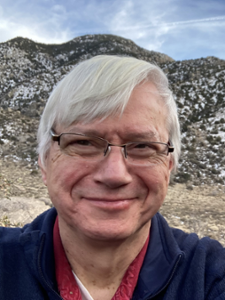OSE Seminar by Dr. Tom Chyba on Laser Remote Sensing of Hazardous Substances, Aerosols, and Greenhouse Gases.
Departmental News

Posted: January 30, 2024
Date: Thursday, February 1st, 2024
Time: 12:45 PM - 1:45 PM MST
Location: CHTM, Room 103 and Zoom
FREE Pizza and Sodas
Abstract:
Advances in laser, detector, and analysis technologies are enabling the development of powerful tools to address critical measurement needs. Ultraviolet Raman spectroscopic standoff sensors can rapidly detect and identify small quantities of chemical and explosive materials in liquid and solid phases, supporting the mission of first responders. Eye-safe backscatter lidar systems can remotely detect, map, and track aerosols and plumes and simultaneously derive the surrounding 2-dimensional wind fields, yielding information about impending downwind hazards from toxic releases or wildfires. Continuous monitoring for greenhouse gases leaking or emanating from large-area sites provides industry and regulators with high-accuracy real-time actionable data. In this talk, we discuss our work in these areas and the underlying applied physics and technologies.
Biography:
